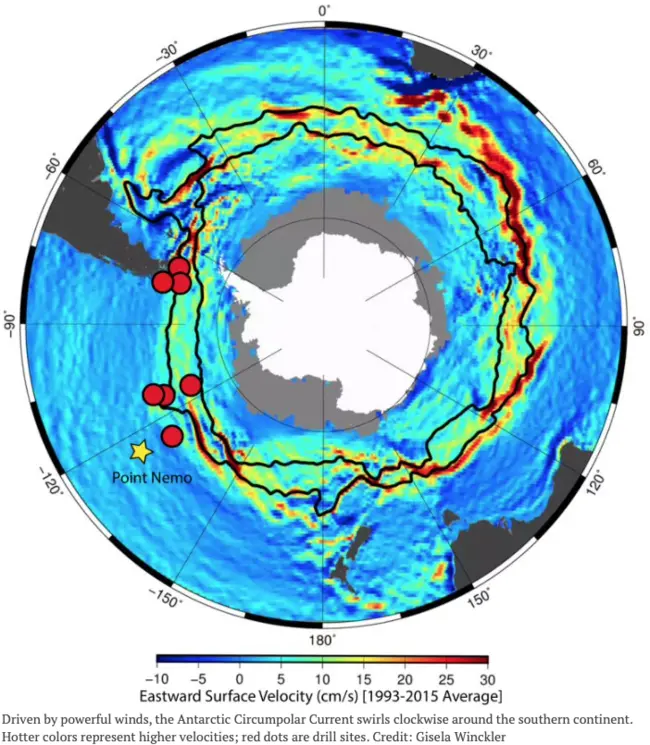
image credit: below photo
–>

retired MD,
I write and lecture on energy, climate, grid, and epidemiology
I post almost daily on science topics, dealing with energy systems, the climate system, the electric grid and epidemiology. Background is in academic medicine, but I have also been teaching in…
- Member since 2021
- 105 items added with 19,440 views
<!–
–>
- Jun 6, 2024Jun 6, 2024 2:06 pm GMT
- 5 views
SciTechDaily: “Antarctica’s hidden threat: world’s most powerful water flow is accelerating, could have disastrous consequences.” The Antarctic Circumpolar Current carries greater than 100 times more water than all the world’s rivers combined. It extends from the ocean surface to the sea floor. In places it is as much as 2,000 km or some 1200 miles wide. It connects the Indian, Atlantic + Pacific oceans. Continuously circling clockwise around the southernmost continent, this is the world’s most powerful + consequential mover of water. “In a new study, an international research team used sediment cores from the planet’s roughest and most remote waters to chart the ACC’s relationship to climate over the last 5.3 million years.” The data show the current moves ‘in tandem’ with Earth’s temperataure, slowing down during cold times + gaining speed in warm ones—’speedups that abetted major losses of Antarctica’s ice.’ The study “implies that the retreat or collapse of Antarctic ice is mechanistically linked to enhanced ACC flow, a scenario we are observing today under global warming,” Winds over the Southern Ocean have increased in strength by about 40% in the past 40 years. “Among other things, this has speeded the ACC and energized large-scale eddies within it that move relatively warm waters from the higher latitudes toward Antarctica’s huge floating ice shelves, which hold back the even vaster interior glaciers.” ‘Through a complex set of processes, the ocean waters ringing Antarctica also currently absorb about 40% of the carbon that humans introduce into the atmosphere.’ Remember, were Antarctica to melt entirely, it would raise global sea levels by about 190 ft. A chilling thought.
Sandy Lawrence

Energy Central contributors share their experience and insights for the benefit of other Members (like you). Please show them your appreciation by leaving a comment, ‘liking’ this post, or following this Member.
More posts from this member
Get Published – Build a Following
The Energy Central Power Industry Network® is based on one core idea – power industry professionals helping each other and advancing the industry by sharing and learning from each other.
If you have an experience or insight to share or have learned something from a conference or seminar, your peers and colleagues on Energy Central want to hear about it. It’s also easy to share a link to an article you’ve liked or an industry resource that you think would be helpful.
- SEO Powered Content & PR Distribution. Get Amplified Today.
- PlatoData.Network Vertical Generative Ai. Empower Yourself. Access Here.
- PlatoAiStream. Web3 Intelligence. Knowledge Amplified. Access Here.
- PlatoESG. Carbon, CleanTech, Energy, Environment, Solar, Waste Management. Access Here.
- PlatoHealth. Biotech and Clinical Trials Intelligence. Access Here.
- Source: https://energycentral.com/c/og/circumpolar-antarctic-current-accelerating-0
